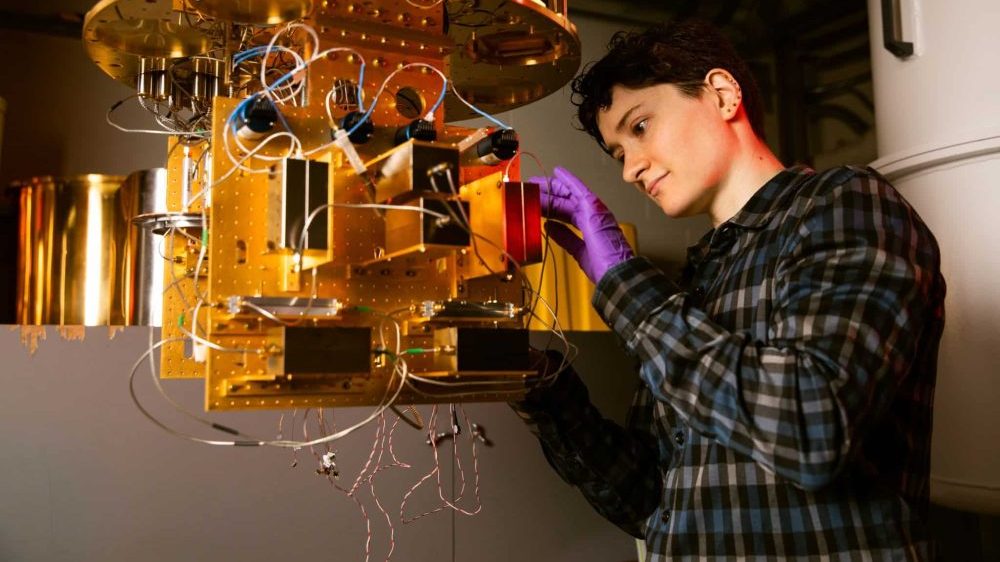Microsoft researchers have recently made a bold assertion, claiming to have observed compelling evidence of a long-sought-after particle that holds the potential to address significant challenges in the field of quantum computing.
However, this discovery has faced scrutiny from experts who are questioning its validity.
Limitations of Quantum Computers
Quantum computers operate by manipulating quantum bits, known as qubits. While these machines offer immense computational power, current versions are susceptible to errors and instabilities.
“What the field needs is a new kind of qubit,” says Chetan Nayak at Microsoft Quantum.
Majorana Zero Modes
Together with his team, the researcher has achieved a notable advancement in the development of qubits using quasiparticles. Quasiparticles are not actual particles but rather collective vibrations that arise when particles, such as electrons, interact. The specific type of quasiparticles under investigation is known as Majorana zero modes.
These peculiar quasiparticles possess the unique characteristic of being their own antiparticle, with a charge and energy value of zero. This inherent property grants them resilience against disruptions, making them highly promising for creating qubits with unparalleled reliability.
However, their elusive nature presents a significant challenge in the search for these particles.
How It Was Done
According to Microsoft researchers, the devices they constructed demonstrated behaviors that align with those of Majorana zero modes. These devices comprised two primary elements: an exceptionally thin semiconducting wire and a segment of superconducting aluminum.
In their latest experiment, the team employed a more intricate evaluation known as the topological gap protocol. To successfully pass this test, a device must exhibit distinct characteristics of Majorana zero modes at both ends of the wire while also demonstrating electron behavior within a specific energy range associated with a unique form of superconductivity.
The protocol was thoroughly tested by the researchers using hundreds of computer simulations of various devices. These simulations took into account potential impurities present in the wires. Following the simulations, the protocol was applied to experimental data.
Nayak added:
Rather than look for one particular simple signature of Majorana zero modes, we looked for a mosaic of signatures.
According to Nayak, the team conducted calculations indicating that for any device successfully meeting the requirements of the topological gap protocol, the probability of the absence of a Majorana zero mode within it was less than 8%.
Some Are Doubtful
However, not all researchers in the field share the same level of conviction. Henry Legg and his colleagues from the University of Basel in Switzerland recently published a series of calculations suggesting that this particular test can be deceived by impurities in the wires.
Legg emphasizes that the current implementation of the topological gap protocol is not entirely free from potential loopholes. Other researchers have also expressed similar doubts.
Microsoft Still Has Ambitious Plans
But the Microsoft team is already looking ahead to enhance the complexity of the device, aiming to make it more closely resemble a quantum computer.
Nayak says:
We are confident enough that we want our next milestone to be building an actual qubit. That will be the best way to make the doubters less doubtful.
According to Matthias Troyer, a researcher at Microsoft, this discovery represents a significant stride towards the construction of a quantum supercomputer capable of executing billions of reliable operations per second.






















